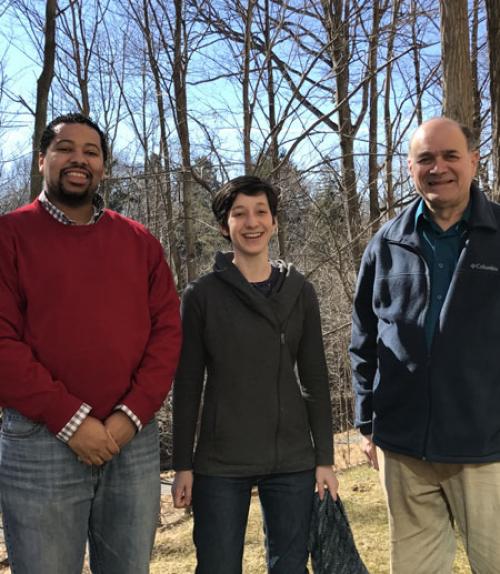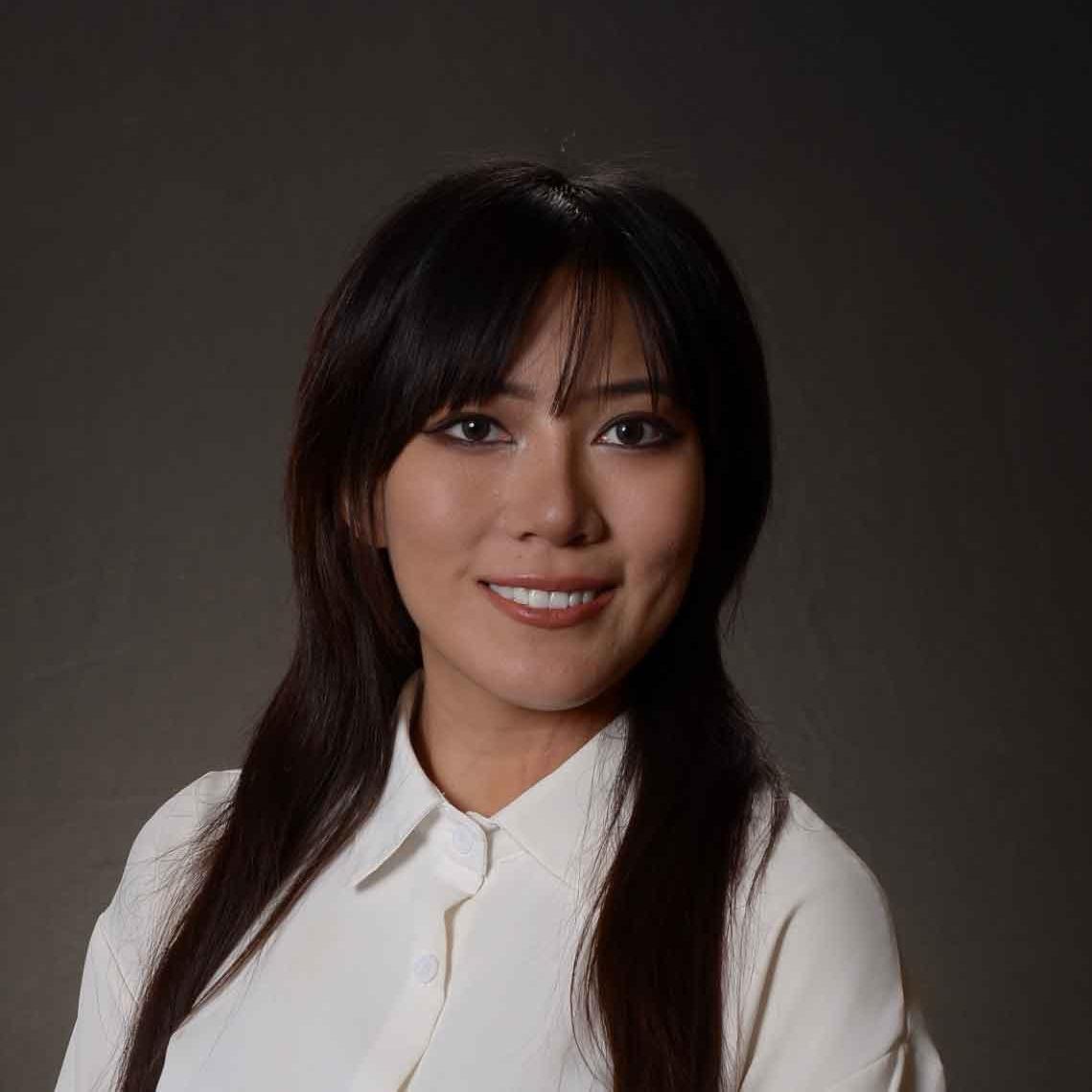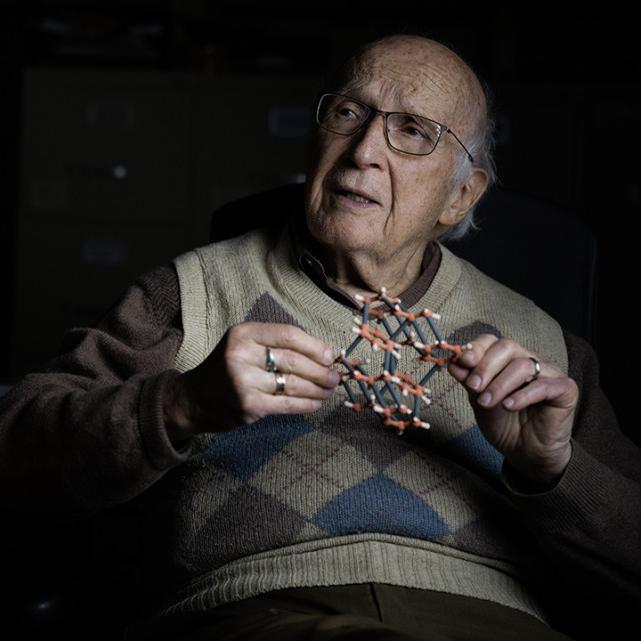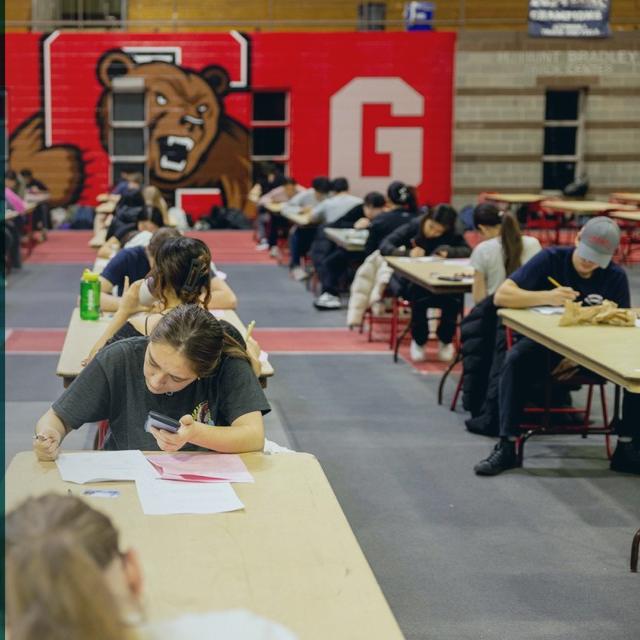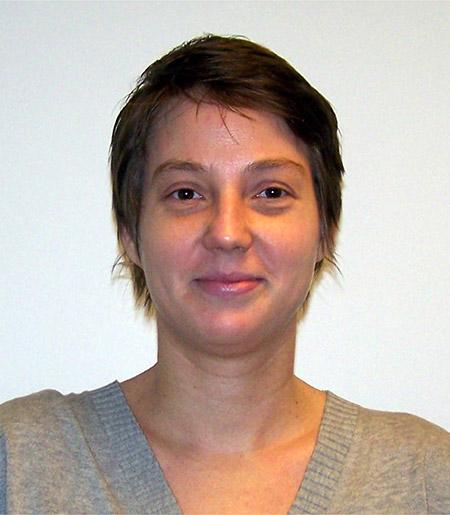
 Department Homepage
The College of Arts & Sciences
Department Homepage
The College of Arts & Sciences
Mathematical models predict how we wait in line, traffic
In a new interdisciplinary study combining mathematics and engineering, researchers simulated models to show that drivers obey digital signs that direct them toward less-congested routes--but sometimes the signs don't keep pace with highway realities.
